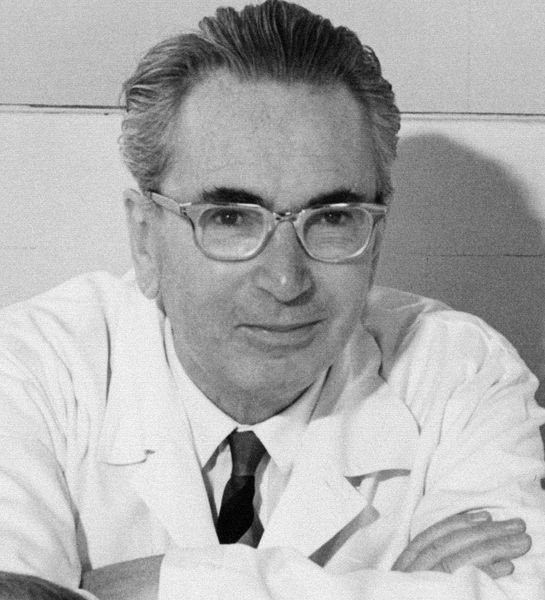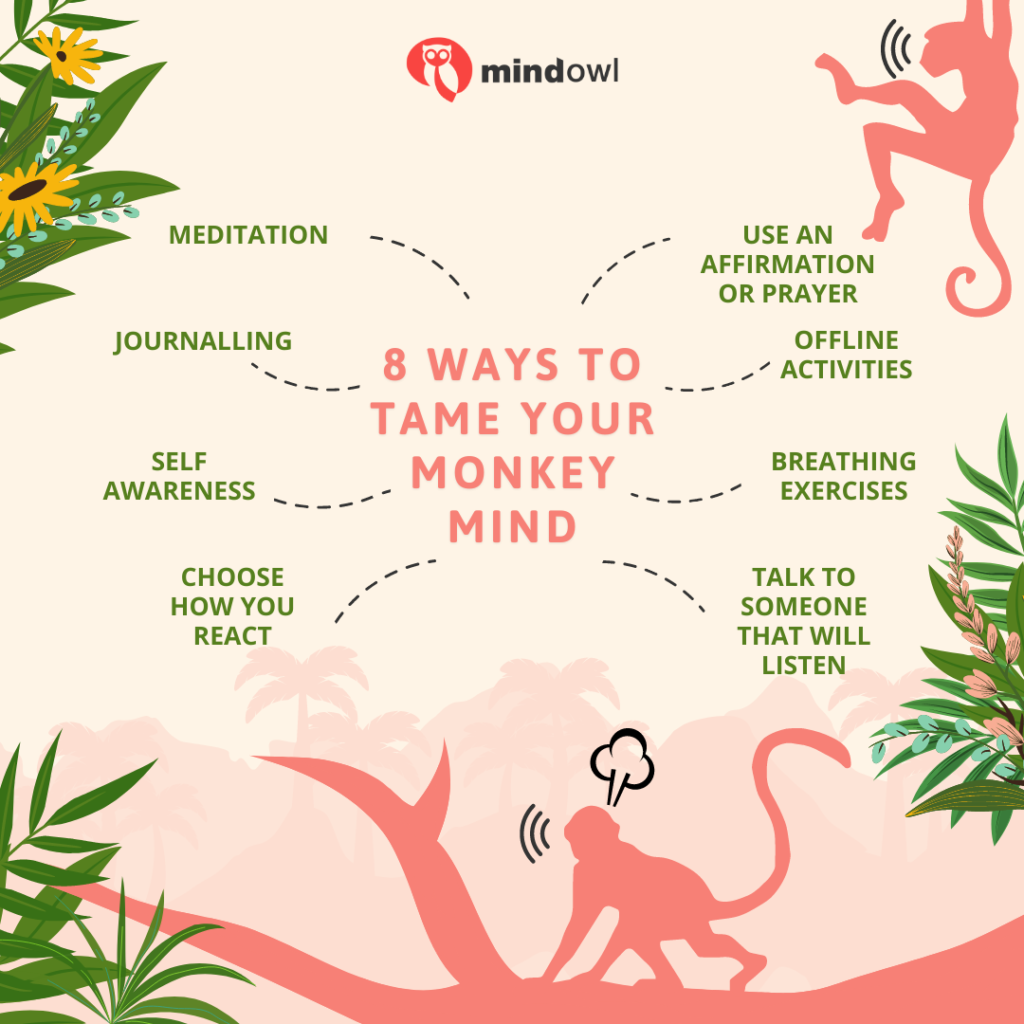Unit 3 The Inner Life

While the outer world often demands our attention, the inner life is the foundation of human flourishing. The inner self is about what can’t be seen: feelings, intuition, values, beliefs, personality, thoughts, emotions, fantasies, spirituality, desire, and purpose. A strong inner self means that you can self-regulate, are self-aware, have clarity, experience joy or beauty and a strong sense of value and purpose life. It also means that you are able to remain calm and resilient in the face of adversity from the outer world. However, we don’t want to separate the inner and outer worlds into another dualism but want to integrate these two worlds into a closely interconnected whole functioning human organism.
Overview
This unit is divided into the following topics:
- Man’s Search for Meaning
- Mindfulness – Contemplative Practices
Learning Outcomes
When you have completed this unit:
- Students will be begin to explore wellbeing in the face of suffering and intense personal challenge through the text Man’s Search for Meaning.
- Students will be able to identify and explain their favorite quotes from the text Man’s Search for Meaning.
- Students will explore various evidenced based practices that improve wellbeing.
- Students will choose practices of mindfulness that work best for their context.
Activity Checklist
Here is a checklist of learning activities you will benefit from in completing this unit. You may find it useful for planning your work.
Learning Activities
- Read the first section of the text Mans Search for Meaning by Vicktor Frankl ( 1 to 2 hrs)
- Mindfulness quiz (5 mins)
- Watch Mindfulness video (20 mins)
- Learning lab: Discussion of meaning and mindfulness
Assessment
- Review and Integration assignment: Frankl quotes in Mans Search for Meaning
- Review and Integration assignment: Forest Bathing
- Personal Application Assignment: Mindfulness or Meditation practice
Resources
You will need the text Man’s Search for Meaning. This text can be accessed in at least one of five ways:
- Buy a print copy in person at the TWU bookstore for approximately $12 CAD: order thru TWU Outfitters
- Buy a print copy via amazon.ca (prices vary)
- Buy a Kindle version at amazon.ca (approx. $12.00 CAD)
- Read FREE online by creating an account at internetarchive.org (NOTE: it may only be possible to “borrow” this text for one hour at a time). You will need to create an account.
- Listen to it FREE as an audiobook (if you have an Audible subscription) at amazon.ca
3.1 Man’s Search for Meaning
In a culture that values speed, technology and consumer cravings, you might think meaning would fade into the background. But people’s desire for meaning remains strong. More than 90 percent of us say our lives are meaningful, according to a literature review by University of Virginia (American Psychologist, Vol. 69, No. 6, 2014). What’s more, meaning in life appears to nurture us, with studies linking it to good health and health behaviors, longevity, higher quality of life and lower rates of mental disorders, including depression and post-traumatic stress disorder (Health Psychology Review, Vol. 11, No. 4, 2017)

Figure 3.1 from apa.org
Activity: Read Man’s Search for Meaning by Viktor Frankl

Man’s Search For Meaning is a work of non-fiction that deals with Viktor Frankl’s experience living in Nazi concentration camps, as well as his psychotherapeutic technique called logotherapy. Viktor Frankl relays the gruesome experience of surviving the concentration camp in Nazi Germany. He challenges the assumption that human beings are invariably shaped by their circumstances and proposes that our ability to create and find meaning allows us to flourish in the midst of challenging environments. Frankl argues that we cannot avoid suffering but we can choose how to cope with it, to find meaning in it, and flourish in the midst of it through a renewed sense of purpose.
Instructions:
- Read the first section of the book Man’s Search for Meaning by Vicktor Frankl.
- The text is divided into two sections, Experiences in the Concentration Camp and Logotherapy. ONLY read the first section Experiences in the Concentration Camp. This section is approximately 100 pages and is a relatively quick read.
- As you read, take note of the sections and quotes from the text that resonates with you or sticks out to you.
3.2 Mindfulness

Figure 3.2 from Mindowl
Activity: Mindfulness Quiz
Mindfulness is an embodied practice that focuses the attention of the mind. It is a practice of awareness. Mindfulness and meditation have both a robust historical practice and modern research evidence in benefits to managing the intersection between our inner and outer life.
Many of us have been exposed to the concept or practice of mindfulness; however before we explore this concept further.
- Take this short quiz that exposes our previous experience with mindfulness.
- What are your results? Do you agree/disagree? Explain.
Next, watch this presentation on Mindfulness:
This video covers the topic of mindfulness. We look at the myth of multitasking and the resulting monkey mind that is produced from our modern-day distracted world. We explore the informal practice of mindfulness and the more formal practice of meditation. Meditation is a mental skill that takes practice and repetition. In this video we will also do a short meditation.
As you watch, take notes. Be able to describe:
- What mindfulness is
- What can you do to be mindful
- How can increasing your mindfulness help you live the good life
Learning Lab: Meaning and Mindfulness
- We will discuss Mans Search for Meaning and your quotes from the text. Also we will talk about mindfulness and mediation and what your experience is with these practices (as experienced in Activity 3.2)
- Discussion on finding meaning, spirituality and the contemplative practice of mindfulness.
- Explaining the Mindfulness PAA for this week with the multiple options for completing this week long practice.
Unit 3 Summary
In this third unit , you have had the opportunity to learn about…
- Victor Fankl’s understanding of how suffering can be a gateway to personal meaning and wellbeing. We will revisit this later in the course when we watch the movie “Silence”.
- How we can calm a frantic mind with contemplative skills of mindfulness, meditation or time in the natural environment. Mindfulness is one of the fundamental skills of wellbeing because it makes us pay attention, whether that be physically, socially, environmentally or spiritually.
Assessment
- Review and Integration : Frankl quotes
- Review and Integration :Forest Bathing
- Personal Application Assignment : Mindfulness Practice
Review and Integration: Frankl Quotes
After reading the first section of Man’s Search for Meaning provide two quotes that resonated with your and an explanation for why this was important to you. Please read the related instructions carefully. Please fill out the “quiz” linked at the bottom of the page.
You will be marked for quality of writing / copying and citation details. By citation details we mean that you should:
- provide page numbers with each quote OR
- if you are quoting from a digital source with no page numbers, provide a link and a paragraph number
Examples
- “We who have come back, by the aid of many lucky chances or miracles—whatever one may choose to call them—we know: the best of us did not return.” (Frankl, 1984, 19)
- “This book does not claim to be an account of facts and events, but of personal experiences, experiences which millions of prisoners have suffered time and again.” - Kindle version (Ch 1, par. 1)
Review and Integration: Forest Bathing
This unit has covered mindfulness and one of the most effective ways to slow the mind down and increase self awareness is to spend time in the forest. We all know how good being in nature can make us feel. The sounds of the forest, the scent of the trees, the sunlight playing through the leaves, the fresh, clean air these things give us a sense of comfort. They ease our stress and worry, help us to relax and to think more clearly. Being in nature can restore our mood, give us back our energy and vitality, and refresh and rejuvenate us.
The Japanese practice something called forest bathing, or shinrin-yoku.
Watch: What is Japanese “forest bathing” and how can it improve your health
Shinrin in Japanese means “forest,” and yoku means “bath.” So shinrin-yoku means bathing in the forest atmosphere, or taking in the forest atmosphere, basically being present in the forest through slow movements and taking in the forest through your senses. The Japanese practice of forest bathing is proven to lower heart rate and blood pressure, reduce stress hormone production, boost the immune system, and improve overall feelings of wellbeing. You will get to experience this in a lab, but this assignment gives you the option to keep practicing it.
Part 1 | Participate: Find a forest or tall trees you can sit under, or among, in relative solitude. If all else fails find a quiet place outside. For approximately 30-40 minutes be still and quiet.
- Spend 10-15 mins paying attention to your five senses. Allow this time to make the transition to the forest and in this time be mindful of the environment and your response to it. Below are some prompts, but you don’t necessarily need to record answers to each of these.
- What do you hear?
- What do you smell?
- What does the ground feel like? Notice the sensations of touch experienced.
- What do you see (notice the colors or the shades of light)?
- What is your state of mind?
- What do you hear?
- Thoughts from the wilderness. Spend 20 to 30 mins free writing: Using pen and paper, not a digital device, record where your stream of consciousness goes in this environment. Write your thoughts, or poetry or music or draw a picture or a combination.
- Fill a page with meaningful reflection / response
Part 2 | Submit: Upload your free writing and picture of your environment to the dropbox at the bottom of this page.
- Add your name to the page of writing (please make it readable)
- Snap a photo of your free writing, artwork or music
- Take another picture of your surroundings in a natural environment
- Upload both pictures to the drop box
Download:
* Doc: Forest Bathing
Personal Application Assignment: Mindfulness Practice
Mindfulness is one of those concepts that is better experienced than explained. Your Personal Application Assignment (PAA) this week is a mindfulness practice. I encourage you to remember mindfulness is a mental skill and like any other skills, the more you practise the better you get. I say that to remind you to be patient with yourself in the learning phase. There are several options to pick from to complete this PAA. You will complete a practice log sheet and one page reflection on this assignment.
Download:
- Doc: PPA Mindfulness
Check your Learning
Before you move on to the next unit, you may want to check to make sure that you are able to:
- Explain Victor Frankl’s understanding and impact of finding personal meaning.
- You should be able to list the various forms of mindfulness and meditation.
- You should have chosen a specific mindfulness or meditation practice that works for you.
Before you move on, don’t forget to:
- Submit R&I 3.1: Frankl Quotes
- Submit R & I 3.2: Forest Bathing
- Submit PAA# 3: Mindfulness